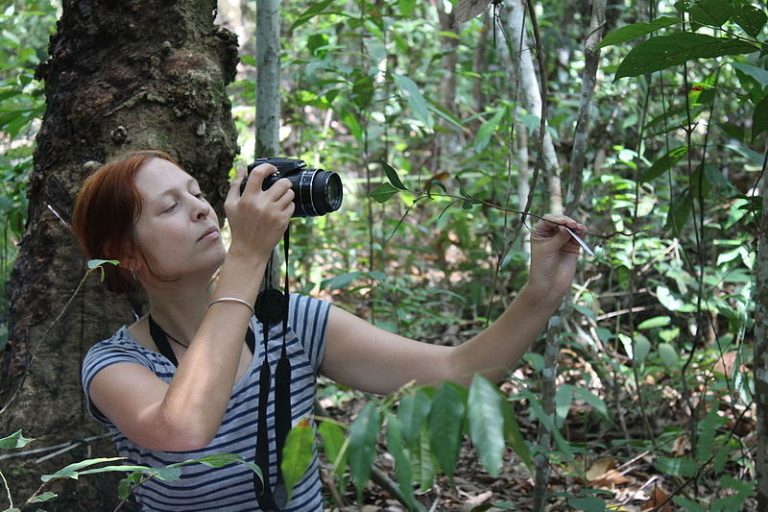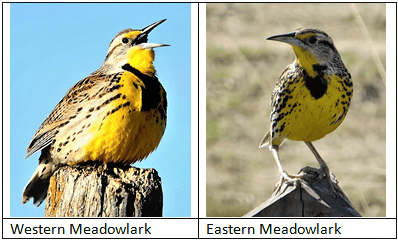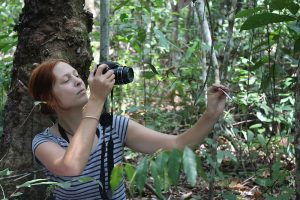
A taxonomist taking pictures of plant vouchers collected for further identification
Credit: Fitryamandita, WikiMedia Commons under CC BY-SA 4.0 Int’l license
Table of Contents
What is the definition of species? What does it take to be considered as a species? Ever since there has been an array of controversies surrounding the concise species definition. Not everyone could merely agree on one. Multifarious approaches have been raised to answer that seemingly simple question. Conversely, the definition of a species has not been straightforward and consensus in this regard is indubitably far off.
Species as a biological concept
Perhaps, all could agree that a species is the most basic unit or category in the biological classification of organisms.1 However, expanding that definition into specific criteria is indeed challenging. Using the biological approach of defining a species, it tells us that a species is an individual capable of mating with another of the same kind to produce fertile offspring. Based on this precept, individuals at the species level must not only be capable of mating with one another but they must also be capable of producing fertile offspring. This could be limiting if one would consider prehistoric and already extinct organisms. Assumptions based on this concept would, therefore, restrict the delineation of certain organisms at a species level.
Definition of species – other approaches
Apart from the biological approach, there are other insightful approaches that attempted to define a species. One of them relates to morphology. Accordingly, organisms at the species level would share common morphological characteristics. However, there are species that may be morphologically similar but would not be able to interbreed. Such is the case of Western meadowlark (Sturnella neglecta) and Eastern meadowlark (Sturnella magna) (see figure on the left)).Both of them belong to the same genus and look outwardly the same but are not capable of interbreeding.2 Another approach is one that is based on the genotypes of organisms. In this genetic approach, individuals at the species level have genomes that would indicate them as closely related. However, there are also limitations in this concept. For instance, polar bears (Ursus maritimus) and grizzly bears (Ursus arctos ssp.) are regarded as two different species despite being closely related based on their genome and on their ability to interbreed fertile offspring. There are other several approaches (e.g. ecological, evolutionary and phylogenetic) that are useful, however, similar to other approaches, they have limitations as well.

(Credits: USFWS Mountain-Prairie (left) and Jimfbleak (right), WikiMedia Commons under Attribution 2.0 Generic and CC BY-SA 3.0 Unported licenses, respectively)
Mathematical approach in defining a species
Thomas Donega, a bird expert, recently proposed a mathematical approach to ultimately address the issue on what is a species. In his paper published on Zookeys (an open access journal), he presented what he calls a universal mathematical formula to defining a species. 3 The formula measures the differences for multiple variables between two non-co-occurring populations and then comparing them to the same results for two related populations that co-occur together. When the differences of non-co-occuring pair exceed those of the good species pair, this could mean that the former may possibly be ranked as species. Otherwise, they may be a subspecies of the same species.4
Charles Darwin did mention the term ”species” in his book but he did not attempt restricting the term with a concise definition. Accordingly, he says, “No one definition has as yet satisfied all naturalists yet every naturalists knows vaguely what he means when he speaks of a species.” 5 Defining a species based on a clear set of criteria would depend largely on the available information. Inopportunely, what is considered as correct at this time may be challenged and eventually refuted as wrong in the future. Thus, applying all these approaches in defining a species is crucial but nonetheless must be flexible since the available information are prone to changes and rectifications sooner or later.
— written by Maria Victoria Gonzaga
References
1 “Species”. (n.d.). biologyonline.com . Retrieved from https://www.biologyonline.com/dictionary/species
2 TheBrainScoop. (2016). Youtube. Retrieved from https://www.youtube.com/watch?v=9fOfFlMe6ek&vl=en
3 Donegan, T.M. (2018). What is a species? A new universal method to measure differentiation and assess the taxonomic rank of allopatric populations, using continuous variables. ZooKeys 757: 1. DOI: 10.3897/zookeys.757.10965
4 Pensoft Publishers. (2018, May 10). What is a species? Bird expert develops a math formula to solve the problem. ScienceDaily. Retrieved from www.sciencedaily.com/releases/2018/05/180510115054.htm
5 “Online Variorum of Darwin’s Origin of Species: first British edition (1859), page 44.” (n.d.). Darwin-Online.org . Retrieved from http://darwin-online.org.uk/Variorum/1859/1859-44-c-1860.html

